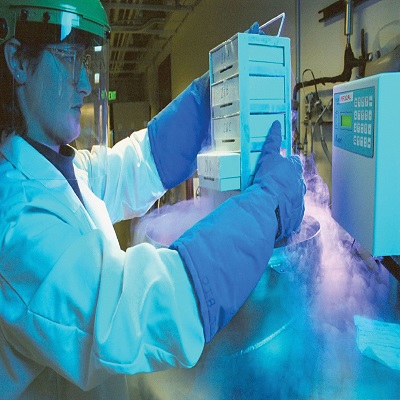The ability of such small molecules to penetrate cells and avoid dehydration and the forming of intracellular ice crystals, which can induce cell death and the dissolution of cell organelles during the freezing process, is the basis for cryopreservation. Dimethyl sulfoxide (DMSO) and glycerol are two popular cryoprotective agents. Glycerol is mainly used for the cryoprotection of red blood cells, while DMSO is used for other purposes.
Glycerol is mainly used to shield red blood cells from freezing, while DMSO is used to protect most other cells and tissues. Trehalose, a sugar used in animals capable of overcoming intense dehydration, is used in freeze-drying cryopreservation processes.
Uses
Human embryos and sperm are now frozen and stored using cryopreservation. It’s particularly useful for storing extra embryos produced by in vitro fertilization (IVF). Cryopreserved embryos may be used for future births or if IVF with fresh embryos falls. The embryos are thawed and inserted into the woman during the frozen embryo transfer procedure.

The cryopreservation method has many advantages:
- Surplus embryos can be cryopreserved.
- Protection from the risk of hyperstimulation.
- Biological samples may be collected for an extended time.
Consult Fertility & IVF specialist In Delhi NCR Dr. Saloni Gupta if cryopreservation is right for you.
